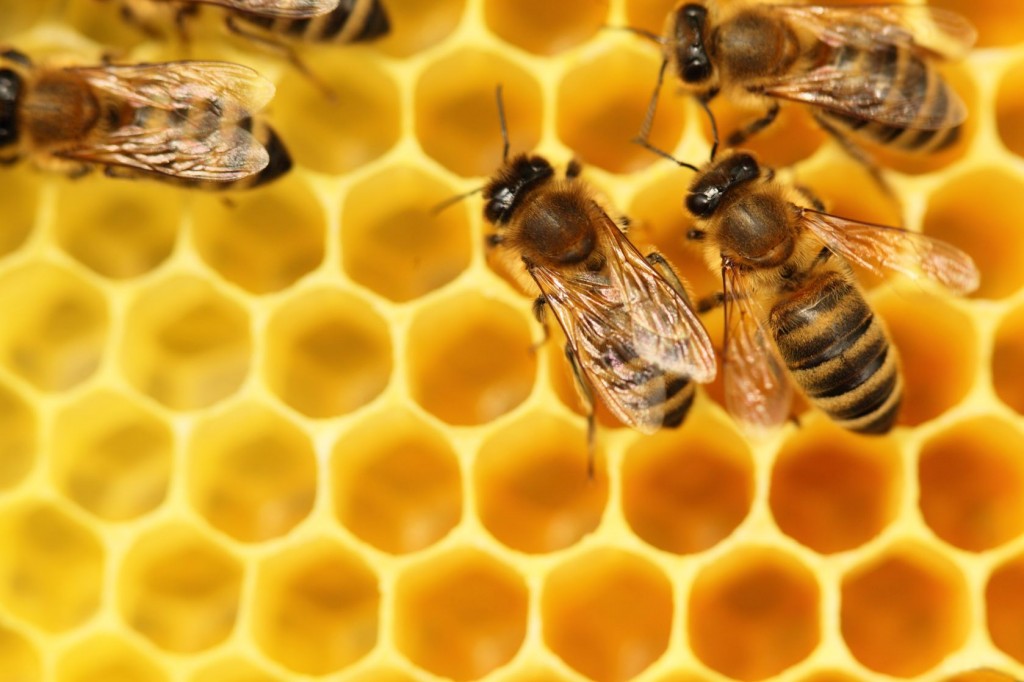
buzz. feed. it really does sting.
Just kidding, we aren’t going to write you a list.
“Blogging” with gifs, lists, and graphics, feels lazy (not that we’re not all guilty of it sometimes) and is universally panned as an absolute absence of journalism. But over 80 million monthly unique visitors (according to founder Jonah Peretti’s bio) fly over to BuzzFeed to be a part of the hive mind. It’s tough to say if it’s the brief posts that keep Millenials with the attention span of a gnat clicking through without growing bored, or maybe it’s the bounty of ridiculous gifs and pics that don’t require any reading at all, but it’s easy to figure out what keeps the site going. The sweetest reward– cold hard cash.
Gawker Media’s Nick Denton, a cantankerous competitor, has predicted that BuzzFeed will “collapse under the weight of its own contradictions.” But venture capitalists have put $46 million into it, “and it’s not because they adore kittens,” New York Magazine shrewdly pointed out.
“Despite BuzzFeed’s newsy evolution,” NY mag goes on, “advertisers still talk about the site as a friendly, unthreatening space for their brands’ messages.” Shiv Singh, who handles global digital advertising for PepsiCo explains why the big brand uses BuzzFeed for its “Drink It to Believe it” campaign for Pepsi Next: “What is advertising and what is content has really blurred into one.” (A recent installment: “18 GIFs That Are Just Unbelievably Beautiful.”) “There are also times,” Singh adds, “when they realize that, Oh my God, we want to cover this even if Pepsi is not paying us as an advertiser.” He points to a BuzzFeed post on the launch of a Mountain Dew morning beverage—a post Singh hadn’t paid for.
There’s a lot of this sort of masked editorial content on BuzzFeed: breathless previews of the new season of Game of Thones or a post touting a video of a “physicist” (actually an ad copywriter) who built a machine to separate the cookie and cream of his Oreos. Users can’t tell the difference, and that’s the draw.
In February, Andrew Sullivan took to his popular blog, the Dish, to write a diatribe titled “Guess Which BuzzFeed Piece Is an Ad,” comparing two similarly enthusiastic posts about Sony’s new PlayStation. The same evening at a debate, he was quoted as pleading “If journalism is not understood to be separate from advertising, then it has lost something incredibly important in a democratic society.” But renowned publications like The Atlantic and the Washington Post are playing with strategies similar to BuzzFeed’s.
“People gave up on doing great, compelling brand advertising,” says BuzzFeed president Jon Steinberg, the company’s business manager. “The past twenty years have been an absolute low point,” he said. “Nobody really spent much time thinking about what the creative was going to be. It’s almost like the absolute opposite of what you see on Mad Men.”
The list mentality has proliferated outwards, at seemingly exponential speed (there’s nary a site left that doesn’t spell it out for the reader), but just as Time tells us, “the bees are dying and we’re to blame,” will we also be to blame when the whole of journalism is reduced to list-making and the days of real content is extinct?
Image credit: rtbilder / 123RF Stock Photo



-300x169.jpg)












